The promise of owning and managing one’s own data is revolutionary, creating increasing interest in Web3 platforms and applications. For instance, recent findings show that the Web3 market was estimated to be worth around $2.9 billion last year, yet this number is expected to reach $23.3 billion by 2028. Web3 is also capturing the interest of venture capitalists, as Cointelegraph Research found this sector to be the most sought-after investment deal in 2022.
The rise of Web3 has also resulted in the need for decentralized storage solutions, which will ultimately allow users to archive, retrieve and maintain their own data. Findings from Huobi Research Institute further show that increasing global storage data volume will elevate the cost of security and high power consumption, which will fuel the trend toward decentralized storage. The report states, “World storage system demand has progressed from remote storage to instant cloud storage, and now blockchain decentralized storage which we shall call Web3 storage.”
Breaking down decentralized storage
In order to better understand the potential behind decentralized storage, it’s important to explain what these solutions provide and how they differ from centralized platforms. Marta Belcher, president and chair of the Filecoin Foundation — the organization facilitating governance of the Filecoin network — told Cointelegraph that decentralized systems offer an alternative to centralized systems for storing data and making websites available. She said:
“Today’s internet is centralized — right now, the majority of data making up the many websites we use every day sits in data warehouses owned by just three companies: Amazon Web Services, Microsoft Azure and Google Cloud. We have often seen these companies suffer blackouts, and swaths of the Web go down for hours — that’s the problem with having single points of failure.”
With these challenges in mind, Belcher explained that decentralized storage providers like Filecoin are capable of creating a better version of the Web by combining the storage capacity and computing power of many individual devices into a supercomputer-like network that can store multiple copies of data. “On this decentralized version of the internet, websites stay up even if some nodes fail, and the availability of information is not dependent on any one server or company,” she said.
To facilitate this, Belcher explained that Filecoin uses a programmable money concept to create a decentralized storage network. “If a user has extra storage space on their computer hardware then they can ‘rent’ it out to others who will pay them with Filecoin tokens. We think of this as a foundational technology for the next generation of the web,” she remarked.
Belcher elaborated that Filecoin is based on an incentives model, which means users get paid each time they store information on the network. To date, the Filecoin model has been successful, as Belcher shared that the network has 18 exabytes of storage capacity and over 4,000 storage providers powering more than 1,460 new projects.
While this may sound unbelievable, Belcher pointed out that centralized storage providers like AWS are dependent on a particular server or company to store and provide information. Yet, Filecoin is built on top of the InterPlanetary File System, or IPFS.
“Rather than retrieving content where it is located, the IPFS retrevies content by what it is through leveraging content addressing with a cryptographic hash,” she explained. As such, content availability is no longer dependent on one server or company, meaning information can be retrieved faster while also decreasing latency in networks. Belcher explained the Filecoin Foundation recently announced a partnership with defense contractor Lockheed Martin to make InterPlanetary networking possible from space. She said:
“Imagine there is a satellite on the moon and there is a multi second delay with data going back and forth from the moon to earth. IPFS could allow satellites to retrieve data from the closest locations without having a delay. This makes networking across systems faster.”
We’ve got news! @FilFoundation is working with @LMSpace to bring @IPFS to space!
— Filecoin Foundation (@FilFoundation) May 23, 2022
pic.twitter.com/o1JeHYjoik
John Gleeson, chief operating officer of decentralized storage network Storj, told Cointelegraph that decentralized infrastructure is the most credible disruptor for the centralized internet:
Although the concept is revolutionary, Belcher noted that the project is currently in an exploratory phase. “We are still identifying the right demonstration mission that will make this viable for space technology.” In terms of data storage, Belcher pointed out that many users may not even realize that they are using the IPFS today, noting that the vast majority of nonfungible tokens (NFTs) are stored on IPFS. She added that Starling Lab — a project from Stanford University and the University of Southern California’s Shoah Foundation research center — uses the Filecoin network to house sensitive digital records of human history.
“Starting a service to compete with AWS, Google or Microsoft in Web2 requires billions of dollars. Through crowd-sourced capacity, trustless abstraction layers and token-based incentives, decentralized infrastructure can provide more private, secure, performant and economical infrastructures than Web2 hyperscalers.”
Similar to Filecoin’s incentive model, Gleeson explained that the Storj network consists of “storage nodes” that are used to store data for others. Contributors are paid for allocating their storage and bandwidth. “All data stored on storage nodes is client-side encrypted and erasure-coded,” he said.
Gleeson added that Storj uses “uplink clients” to enable developers to house information on Storj decentralized cloud storage. Files are then split into 80 pieces and distributed across the network of storage nodes. “Each of the 80 pieces is stored on different diverse storage nodes with different operators, power supplies, networks and geographies, etc., yielding tremendous security, performance and durability advantages,” Gleeson explained.
While the features provided by Filecoin and Storj are very different from those offered by centralized systems, a number of Web3 platforms specifically require these solutions. For example, the decentralized Web3 infrastructure provider Ankr Network helps a number of blockchain companies run their node infrastructure.
Greg Gopman, chief marketing officer of Ankr, told Cointelegraph that 17 of the top 20 proof-of-stake blockchains use Ankr’s remote procedure call (RPC) service to allow access to their blockchain data. Every time Ankr handles an RPC request, a node is required to fulfill it, which Gopman mentioned is Ankr’s core service. According to Gopman, Ankr uses both Filecoin and Storj to store images of nodes, along with blockchain transactions. He said:
“BNB Chain, Polygon and Avalanche use our solution, and behind the scenes we use decentralized storage providers to make our operations faster. When we need to spin up a new node we can do it 90% faster using decentralized storage providers versus AWS.”
To put this process in perspective, Gopman explained that Ankr manages archive nodes for different blockchains. “The ‘archive node’ is all the historical data of every transaction that happened on a blockchain network,” he said. Ankr manages these archive nodes for different blockchains, meaning the platform needs to have a snapshot of all transactions that have occurred on a specific network. This information is then put on a server and spun up to create a new node.
Gopman added that Ankr initially used AWS for this process but that the platform was slower and more expensive. “AWS wasn’t optimized for Web3. AWS is set up for distributed systems, yet we run profiles on servers for decentralized infrastructure. Moreover, AWS only has 13 geo-locations and we have around 30.”
The rise of decentralized web services
In addition to storage, other solutions are being offered to ensure an entire suite of decentralized web services for the Web3 economy. For example, Akash Network is a marketplace for underused compute resources. Greg Osuri, CEO of Akash, told Cointelegraph that the core of Akash consists of an auction marketplace that allows users to place an ask with providers who have endless amounts of computing power. According to Osuri, prices are market-driven, making cost savings 97% less expensive than AWS.
In terms of use cases, Osuri mentioned that Equinix Metal — one of the world’s largest data center and infrastructure providers — integrates with Akash to offload their compute resources in a decentralized manner.
Web3 projects are also taking advantage of decentralized computing platforms. For example, Colin Pape, CEO of decentralized search engine Presearch, told Cointelegraph that users could run nodes for their platform on top of Akash. According to Pape, Presearch user nodes collect search results from across the web and are used to power the Presearch network. Like other incentive-based models, node operators are rewarded with Presearch’s PRE tokens when they successfully handle a user query.
Pape shared that there are more than 70,000 user nodes around the world powering the Presearch network. Although many of these nodes are running in data centers using a virtual private server (VPS), he pointed out that Presearch encourages node operators to use as many different platforms as possible to run their nodes. He added that decentralized cloud providers are helpful for ensuring an additional layer of resilience to the network since they are more distributed than nodes that operate in a single instance.
It’s also interesting to point out that solutions capable of aggregating different types of decentralized storage networks are coming to fruition, highlighting market growth. For example, Max Li, chief operating officer and founder of Computecoin, told Cointelegraph that the company aims to provide all key AWS services such as computing, storage and machine learning in a decentralized manner. “Our storage solution — Oortech Storage Service (OSS) — provides a decentralized storage solution with a Web2 user experience. Rather than building the infrastructure from scratch, OSS aggregates all types of decentralized storage networks such as Filecoin, Storj and Crust — similar to Expedia, which aggregates hotels,” he explained.
According to Li, OSS aims to simplify the process of leveraging decentralized storage solutions. He believes this is necessary, noting there is a steep learning curve for end users utilizing decentralized web solutions. “Developers require at least a few weeks to understand how to deploy a website on Filecoin. It may take less than one hour to deploy a website on AWS,” he said. Li added that non-crypto native users need to learn how to use crypto wallets for purchasing Filecoin tokens on exchanges and then leveraging them for data storage.
Will decentralized storage solutions overtake centralized web services?
Yet, the benefits provided by decentralized web solutions may outweigh any issues associated with utilizing these platforms — at least for Web3 projects. For instance, Gleeson pointed out that decentralized storage solutions offer enhanced privacy, performance, durability and cost-efficiencies. “All data stored on the Storj DCS service is encrypted (both data and metadata) and users own their own encryption keys. This means that users are in control of their data and that data can’t be compromised or mined,” he explained.
Gleeson added that decentralized cloud storage takes a completely different approach by crowd-sourcing capacity via operating expenditures rather than capital expenditures. He said:
“By tapping into massive latent capacity all around the globe and paying only for what's used, decentralized cloud storage delivers comparable durability and availability to centralized cloud storage, at a price that is 80% lower than AWS.”
Given this, the question remains if centralized storage solutions will soon become irrelevant. According to Gleeson, as the decentralized tech matures, the use cases will crystalize and the benefits will be realized by enterprises. In turn, he believes that adoption will accelerate, especially as the rest of the decentralized stack evolves with compute and tool kits for common integration patterns. However, Gleeson is aware that decentralized storage and other services are still new technologies and must therefore undergo development. “IPFS for instance provides content addressing and is innovative, but some of the largest IPFS pinning services store data on centralized providers,” he remarked.
Wilson Wei, co-founder and chief operating officer of CyberConnect — a decentralized social graph protocol — further told Cointelegraph that AWS as a whole provides a much wider range of services beyond storage. Therefore he believes that AWS won’t die out. Wei added that most current decentralized storage systems are only robust when providers work under some economic incentives. Yet, he noted that these incentives could become extremely volatile and lead to performance/data availability degradation. He said:
“It’s easy to host a simple front-end page using IPFS, but if the website needs some complex computing environment, developers still need to spawn a computing instance on cloud providers like AWS since the centralized servers can offer the most efficient and performance computing resources. Choosing between centralized and decentralized storage always carries trade-offs.”

You can get bonuses upto $100 FREE BONUS when you:
💰 Install these recommended apps:
💲 SocialGood - 100% Crypto Back on Everyday Shopping
💲 xPortal - The DeFi For The Next Billion
💲 CryptoTab Browser - Lightweight, fast, and ready to mine!
💰 Register on these recommended exchanges:
🟡 Binance🟡 Bitfinex🟡 Bitmart🟡 Bittrex🟡 Bitget
🟡 CoinEx🟡 Crypto.com🟡 Gate.io🟡 Huobi🟡 Kucoin.




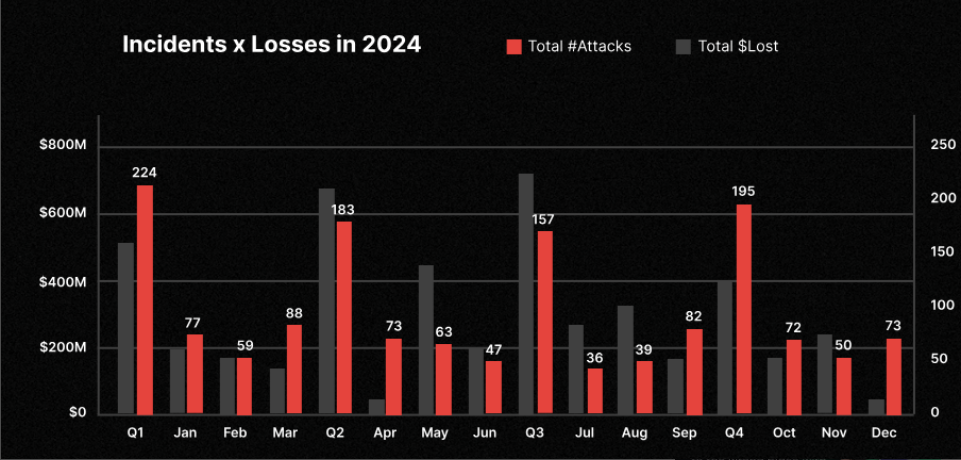
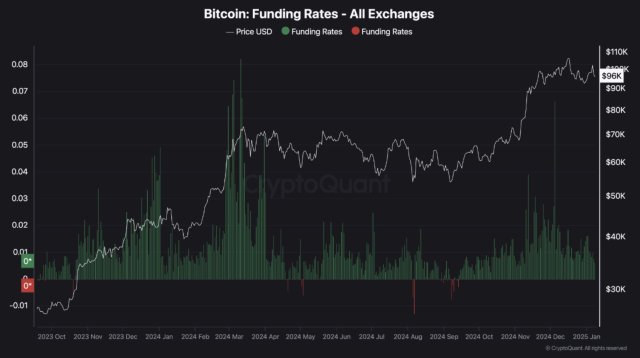







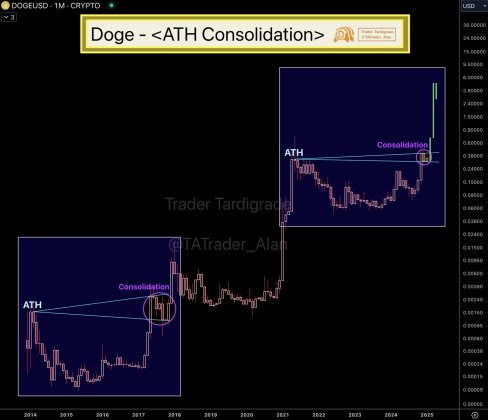


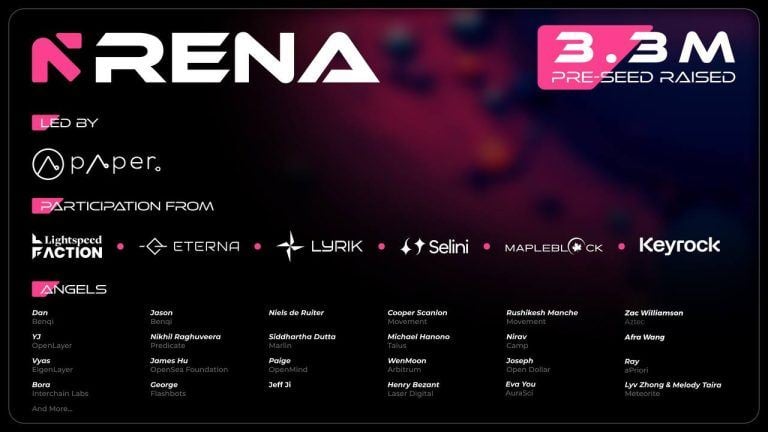


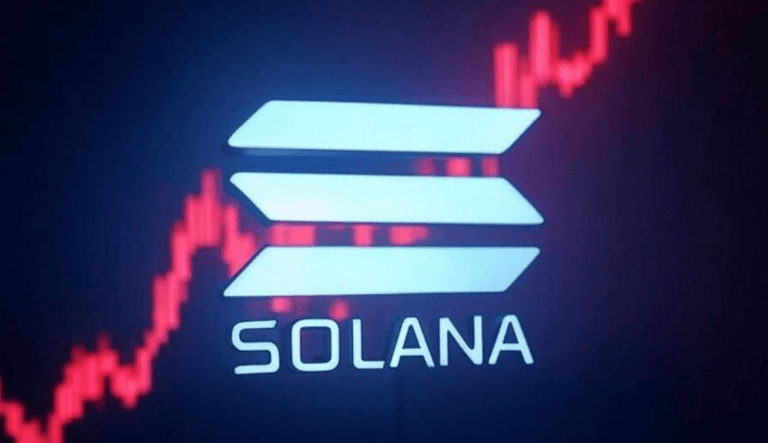
Comments